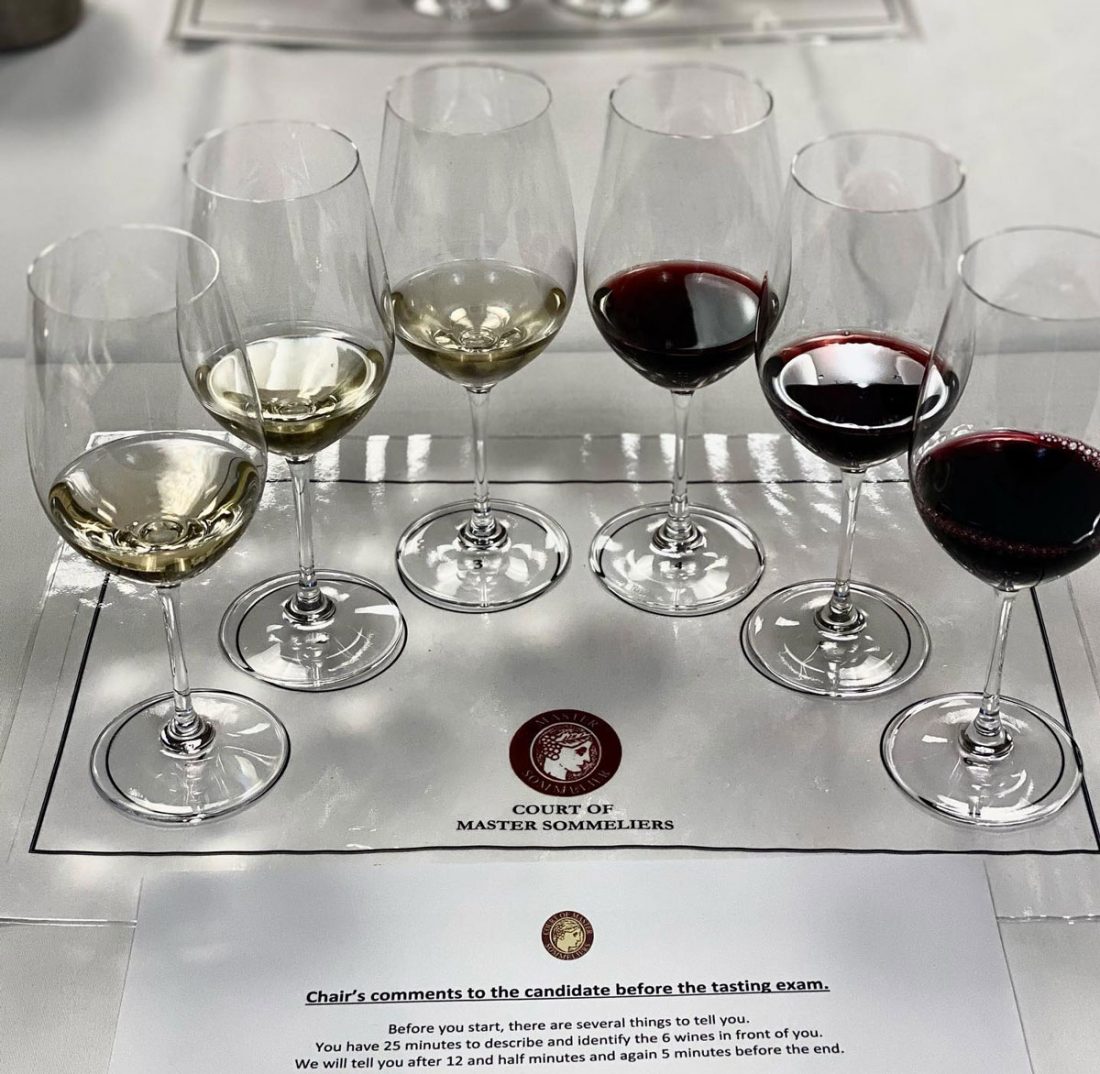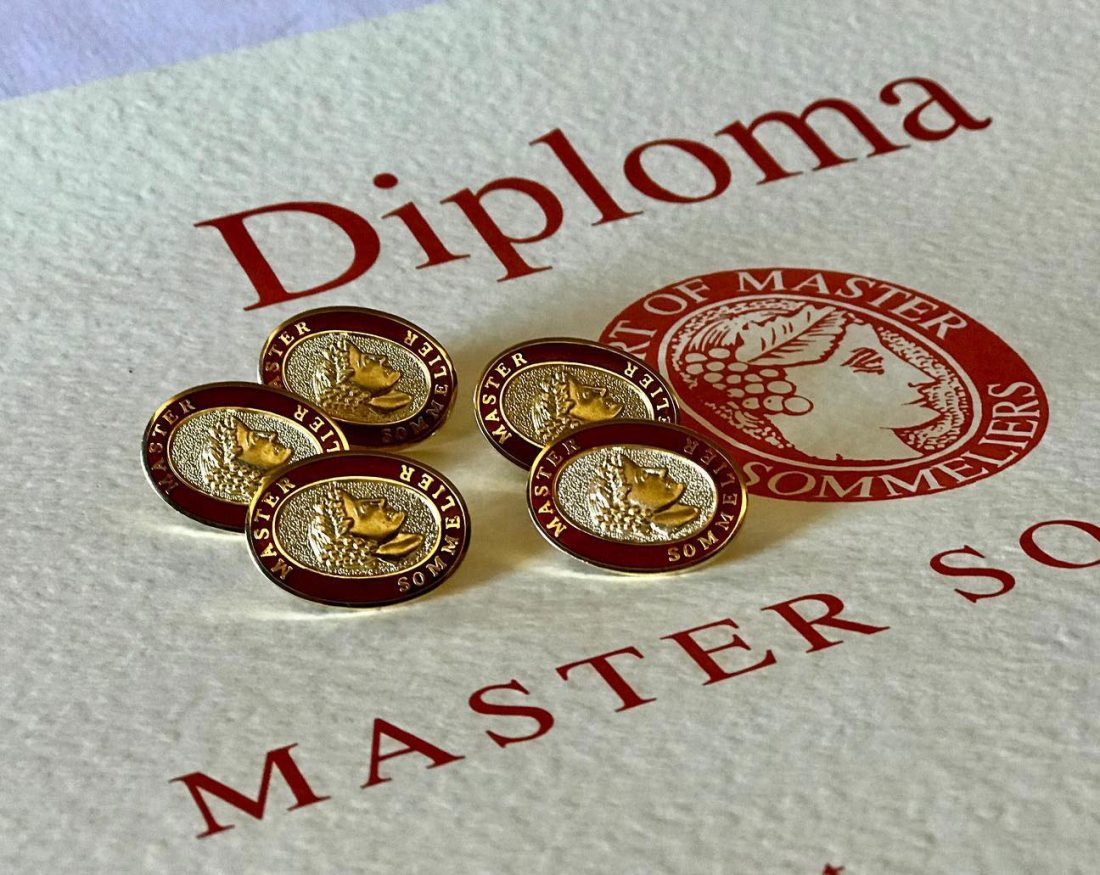Imagine putting yourself through the hardest exam you can possibly take. Some might picture themselves sitting a medical board exam or trying to pass the bar. Others might consider giving the entrance test to MENSA a go. Few, however, would turn their thoughts towards a quiz about drinking wine.
Welcome to the Master Sommelier Diploma Exam, one of the most gruelling wine certification tests out there, with a devastatingly high failure rate of almost 95 percent. This exam is so difficult to pass that since its inception in 1969, the title of Master Sommelier has only been bestowed upon 269 people worldwide.
Established to promote higher standards of beverage knowledge and service in hospitality and dining, the Court of Master Sommeliers is up there among the most well known and highly regarded wine service educational bodies. To maintain this standard of excellence, their qualification rank of Master Sommelier is notoriously difficult to attain.
Why is the test so hard?
Certified Master Sommeliers are an elite breed of wine stewards who can do more than just curate a solid wine list, or help you pair your sirloin with the right cabernet. They are bona fide experts in wine production techniques, wine geography, wine history, and beverage service management.
To reach this premier tier, wine professionals have to successfully navigate a three part exam, consisting of a rapid fire verbal theory test, a practical wine service test, and a blind taste test.
On paper, this seems simple enough. But candidates are expected to have an encyclopaedic knowledge of grape varieties, wine cultivation regions, international wine laws, on top of the ability to recommend pairings and serve wines in a personable yet professional way.

The blind taste test, regarded by many candidates as the toughest portion, gives Master Sommelier hopefuls 25 minutes to identify six different wines, describing each one and supplying information on its year, grape variety, country and district of origin.
Given the endless number of wine regions that span the globe, as well as the variations of different years’ effect on grape production, it’s no wonder this is the portion that trips up most candidates.
A number of students will only pass one or two out of the three exam portions, in which case they are allowed a three year period to retake the parts they failed. If within this time they don’t make the grade for all three tests, they’ll have to start from scratch and retake the entire exam.
What do you get if you pass?
For starters, a shiny new red pin and the knowledge that you will be part of a very select few, cream-of-the-crop group of sommeliers that get to proudly wear it. Beyond the prestige and bragging rights, the credential commands a significant pay raise and opens up opportunities to work in some of the best restaurants in the world.

But at what cost?
While the three exam portions cost USD$ 995 each to sit, candidates will also have to think about the travel expenses, time taken off work, wines for practice, study materials, not to mention the high likelihood they’ll need to retake the tests. This is in addition to the mentally and emotionally taxing hours spent in extensive study leading up to the exam.
Such a large investment for a test with such small chances of success has left many wondering if entry into this exclusive sommelier club is even worth it. The sentiment is especially augmented by the trifecta of controversies shrouding the Court of Master Sommeliers over the past few years.
Trying times
In 2018, a breach in the examination’s strict administration scandalised the wine community. Following the revelation that a proctor had leaked confidential test information on the day of the tasting exam, the board made the decision to invalidate the results that year. As a consequence, 23 newly minted Master Sommeliers were dramatically stripped of their titles.
Two years later, at the height of the Black Lives Matter movement, the organisation was criticised for its use of the title ‘Master’, which was deemed offensive given the history of slavery and racism in the US. The American chapter then removed the term from the titleship, replacing it with ‘Master Sommelier’. In 2021, yet another scandal plagued the court when several sexual harassment claims led to the suspension of seven male Master Sommeliers.
View this post on Instagram
Time will only tell if the sheen of the prestigious Master Sommelier title will wear off, or if we will continue to see zealous wine connoisseurs drawn to the deep heritage of the accreditation. For the moment, we can only raise a glass to the dedication and hard work sommeliers put into their work, all just so we have a nice vintage to go with our meal.
Photos: Court of Master Sommeliers Americas










